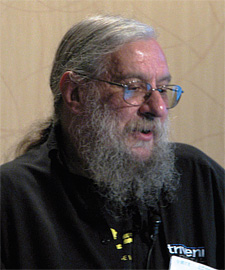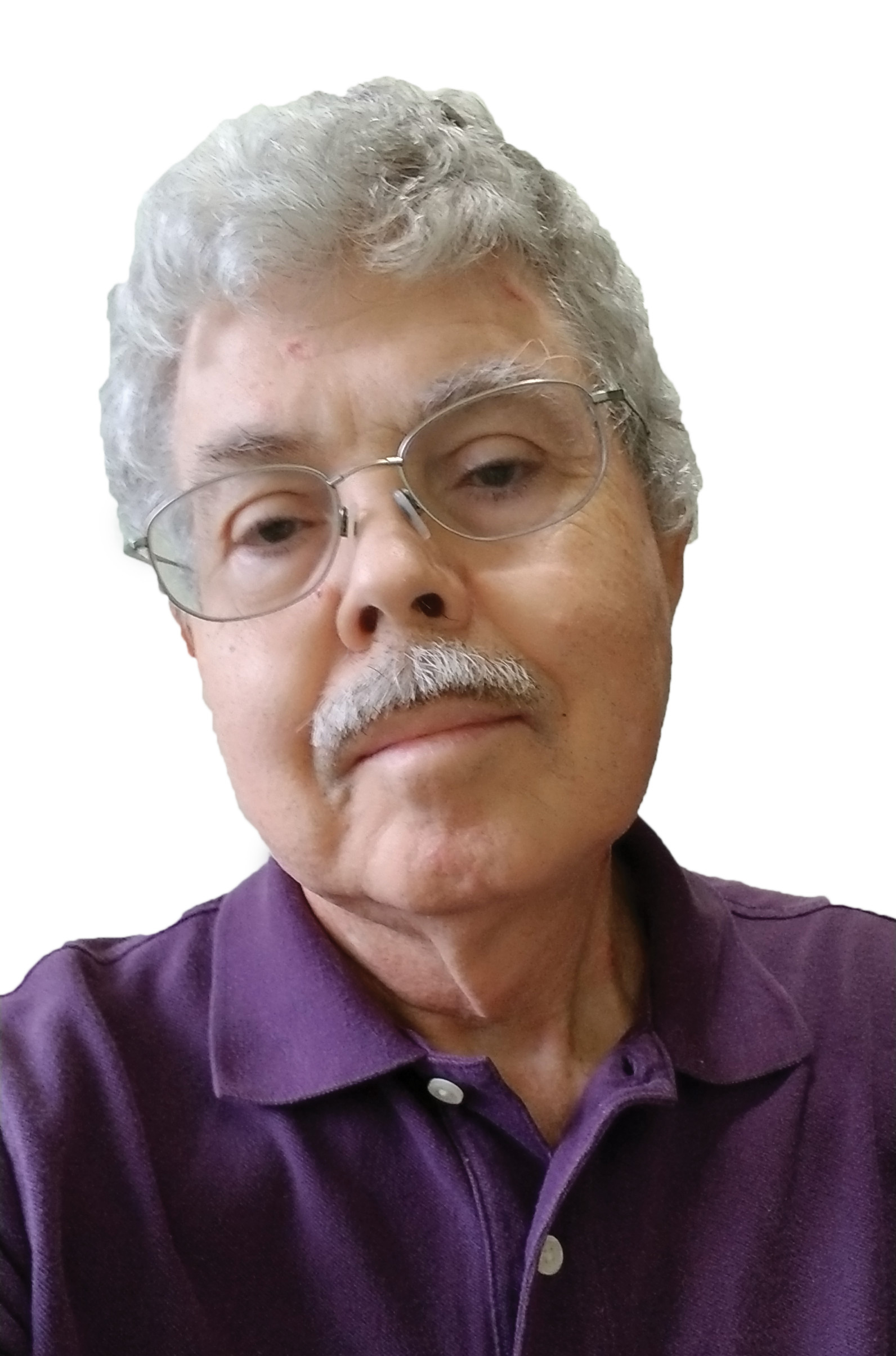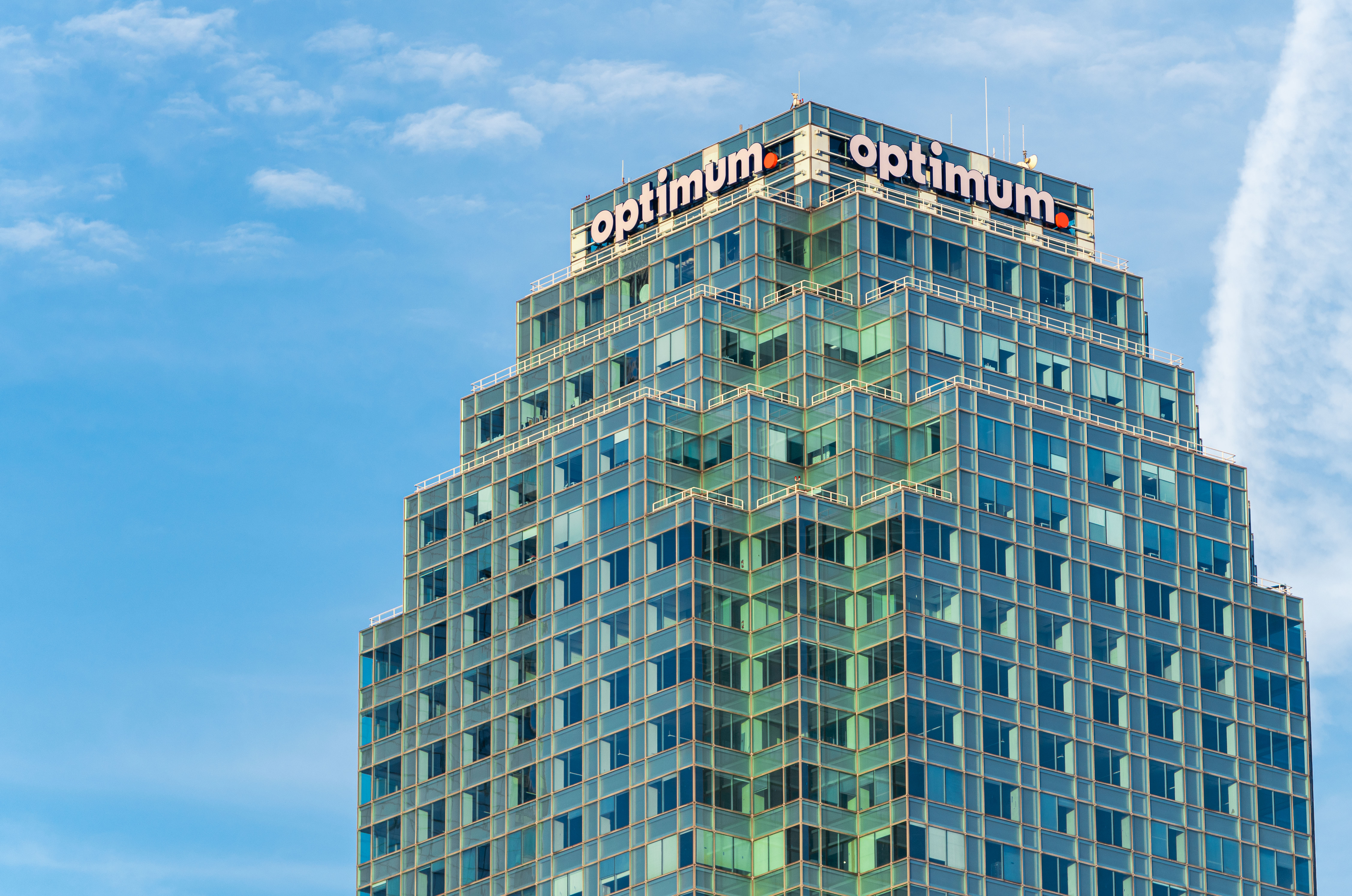
ATSC single frequency networks and Mobile DTV were the focus of several sessions at the 60th Annual IEEE Broadcast Symposium in Alexandria, Va., in October. This month I’ll discuss the three papers presented in the tutorial session on Mobile DTV.
The tutorial session was packed with useful information for engineers building ATSC Mobile DTV facilities. Rich Chernock’s “ATSC Mobile DTV 201: A Technical/Practical Tutorial” covered the ATSC A/153 mobile DTV standard in great detail, even explaining the fine points of the HE AAC v2 audio system.
There is no simple way to summarize all the data in the 165-slide presentation, so I won't even try. In addition to covering all eight parts of the A/153 standard in detail, Dr. Chernock showed how the different layers fit together. I hope Triveni will post the paper on their website. It is an excellent complement to the Rohde & Schwarz white paper on Mobile DTV transmission I mentioned last month.
One point Rich made in his presentation was that Mobile DTV does not use MPEG-2 except in the STL path. During the Q&A afterward, Merrill Weiss disagreed, noting that all of the MH data structures eventually get mapped into MPEG-2 packets.

Dr. Richard Chernock This led to a discussion about the STL path, which appears to be causing problems for some stations rolling out Mobile DTV. Every packet applied to the exciter must be in exactly the same position and order it was coming out of the mobile multiplexer at the studio. Dropping or adding null packets will cause the Mobile DTV-enabled exciter to lose lock and introduce errors in both the mobile and main (legacy) ATSC streams.
There are many components in STL systems designed in the early days of DTV that can drop or add null packets. SMPTE-310 to ASI conversion (and vice-versa) often causes problems, but any component that has separate, unsynchronized clocks at the studio and the transmitter site won’t work.
Except for one test (more on that later) all of the ATSC Mobile DTV stations I’ve observed are using 48 Reed-Solomon parity bytes either with quarter-rate coding or, more likely, with mix-rated coding.
ALTERNATIVE MOBILE DTV MODES
In his paper “Performance of Various Modes Defined by ATSC A/153 MDTV Standard” Tim Laud presented the results of measurements Zenith Electronics made in the Chicago area comparing the efficiency and robustness of these two configurations with some alternative coding and parity bit options. The results were quite interesting.
Before I reveal Laud’s findings it’s worth reviewing the options available in A/153 for the inner turbo code forward error correction (FEC).
The Mobile DTV data, along with the main (legacy) data is placed into a defined series of continuous transmitted VSB data segments called M/H Blocks. The M/H Blocks are mapped into M/H Group Regions designated as A, B, C and D. As described in last month’s RF Technology column, A/153 allows either half-rate (two data bits out for every data bit in) or quarter-rate (four data bits out for every data bit in) serial concatenated convolutional coding (SCCC) in each region.
The robustness of regions A, B, C and D are not equal because all of the M/H training sequences are located in regions A and B. One of the six sequences is in region B and the other five are in region A.
That’s the reason transmitting Region A with half-rate SCCC and the other regions with quarter-rate SCCC (“mixed rate coding”) works almost as well as using quarter-rate coding in all regions (“quarter-rate coding”). Regions C and D have no M/H training sequences.
The other variable is the number of Reed-Solomon parity bytes. A/153 allows use of 24, 36 or 48 parity bytes. Increasing the number of parity bytes increases the number of M/H bytes that can be recovered if the original bytes are corrupt and erased.
Laud and the engineers at Zenith Electronics tested several different coding and Reed-Solomon parity byte combinations during field tests in and around Chicago. The tests included areas with a large amount of multipath and traffic (heavy, changing, ghosting) as well as areas with weak signals near or below ATSC thresholds.
Two of the combinations that yielded interesting results were quarter-rate coding with only 24 parity bytes (4444/24) and the use of the primary Reed-Solomon (RS) block only (regions A and B) with half-rate SCCC (22XX/48).
The field tests showed that recovery of 4444/24 was 0.94 (0.06 from perfect) while 4444/48 was 0.97 (0.03 from perfect). The small reduction in robustness going from 48 byte parity to 24 byte parity yields 12 percent more data capacity and, in Laud’s tests, still performed better than mixed-mode (2444/48).
Using the primary region alone with full half-rate code (22xx/48) provides more data bandwidth than mixed rate (2444/48) with a slight increase in robustness as well, although neither was as robust as the all quarter-rate code at either 48 or 24 bytes of parity.
Laud encouraged broadcasters to experiment with different coding/parity combinations to optimize bandwidth and robustness for their markets. I had a chance to compare all quarter-rate code with 36 parity bytes (4444/36) in New York City soon after the IEEE symposium.
Based on Laud’s study, I expected this combination to perform better than mixed-rate coding with 48 parity bytes (2444/48), but reports from multiple mobile DTV viewers in New York showed reception quality dropped significantly. This points out that what works in one market may not work as well in another.
In New York, signals were generally strong, but with multipath. It is possible that if I had a chance to check reception in suburban areas outside New York. I might have gotten different results. I’d hoped to test the 22XX/48 coding but couldn’t find a way to configure it in the equipment available. If you have a chance to test this at your station, please let me know how it compares with the two standard modes.
AUDIO FOR MOBILE DTV
The last paper in Wednesday afternoon’s tutorial session was “Audio Processing Considerations for Mobile and Hand Held Digital Television,” by Tim Carroll from Linear Acoustic.
Many stations currently broadcasting mobile DTV signals are simulcasting their main channel, which is likely transmitting 5.1 Dolby audio with a dynamic range suitable for home theaters or living rooms. Simply down-mixing this audio into the HE AAC v2 ATSC Mobile DTV audio stream will cause problems, since the Mobile DTV programs are likely to be listened to on small portable devices, perhaps with a 1-inch speaker, or on inexpensive ear buds, in high-noise environments.
Carroll said stations cannot simply “plumb” existing audio into mobile systems because the loudness range is too wide for small devices, there are too many channels—the number is variable even within a program stream, and typical mobile environments can be noisy.
While AGC may sound like the obvious solution, Carroll says simple AGC techniques could make problems worse. He recommends downmixing the 5.1 audio into what he termed “LoRo90,” described by the formulas Lo = L+C(0.707)+Ls’(0.707) and Ro = R+C(0.707)+Rs’(0.707).
Additional processing is needed. He recommends preconditioning (high-pass and low-pass filtering to minimize bit rates and width control and centering); isolation of dialog elements for level control and frequency shaping for clarity; and reduction of noncoherent background sounds such as crowd noise.
Audio for Mobile DTV presents unique challenges and Carroll’s presentation showed traditional audio processing is not sufficient for the wide range of devices consumers will use to listen to Mobile DTV—from high power in-car audio systems to portable devices with tiny speakers or ear buds.
UPDATE
Mike Simon took issue with my comment about operating Mobile DTV systems without GPS NTP and exciter lock. A check of ATSC A/153 Part 2, Section 5.3.2.13.1 showed he was, as expected, correct.
That section states: “Each ATSC M/H frame shall be aligned at an integer number of AT ticks from the AT epoch, such that emission at the air interface of the broadcast antenna of the starting instant of the first symbol of the first data field sync of the 8-VSB data field containing the beginning of an M/H frame coincides with an AT tick. The tolerance of this symbol timing shall be no greater than 1 symbol time RMS, and should be no greater than 15 nanoseconds RMS.”
This improves channel change time and also allows the ATSC Mobile DTV signal to be used to determine location when signals from multiple transmitter sites are available.
I looked for some low-cost, high-performance timing options. A Google search will return a number of options using low-cost GPS units like the Garmin GPS 18x LVC and Linux or FreeBSD-based computers. However, because GPS accuracy is only specified as +/- 1 microsecond, a stable disciplined clock will be needed to approach the one symbol accuracy needed to comply with A/153.
For an accurate, stable 10 MHz or 1 PPS reference, I’ve used Trimble’s “Thunderbolt” products in the past. They are reliable, relatively inexpensive, and work well. The Thunderbolt is used in other communications systems needing an accurate frequency standard. It’s a disciplined clock to average out GPS errors. This should work well with NTP server programs for the Mobile DTV emission multiplexer as well as the transmitter’s exciter provided the computer clock is stable.
Is your station rolling out Mobile DTV? Let me know your experiences.
E-mail me at dlung@transmitter.com.
The professional video industry's #1 source for news, trends and product and tech information. Sign up below.

Doug Lung is one of America's foremost authorities on broadcast RF technology. As vice president of Broadcast Technology for NBCUniversal Local, H. Douglas Lung leads NBC and Telemundo-owned stations’ RF and transmission affairs, including microwave, radars, satellite uplinks, and FCC technical filings. Beginning his career in 1976 at KSCI in Los Angeles, Lung has nearly 50 years of experience in broadcast television engineering. Beginning in 1985, he led the engineering department for what was to become the Telemundo network and station group, assisting in the design, construction and installation of the company’s broadcast and cable facilities. Other projects include work on the launch of Hawaii’s first UHF TV station, the rollout and testing of the ATSC mobile-handheld standard, and software development related to the incentive auction TV spectrum repack. A longtime columnist for TV Technology, Doug is also a regular contributor to IEEE Broadcast Technology. He is the recipient of the 2023 NAB Television Engineering Award. He also received a Tech Leadership Award from TV Tech publisher Future plc in 2021 and is a member of the IEEE Broadcast Technology Society and the Society of Broadcast Engineers.
